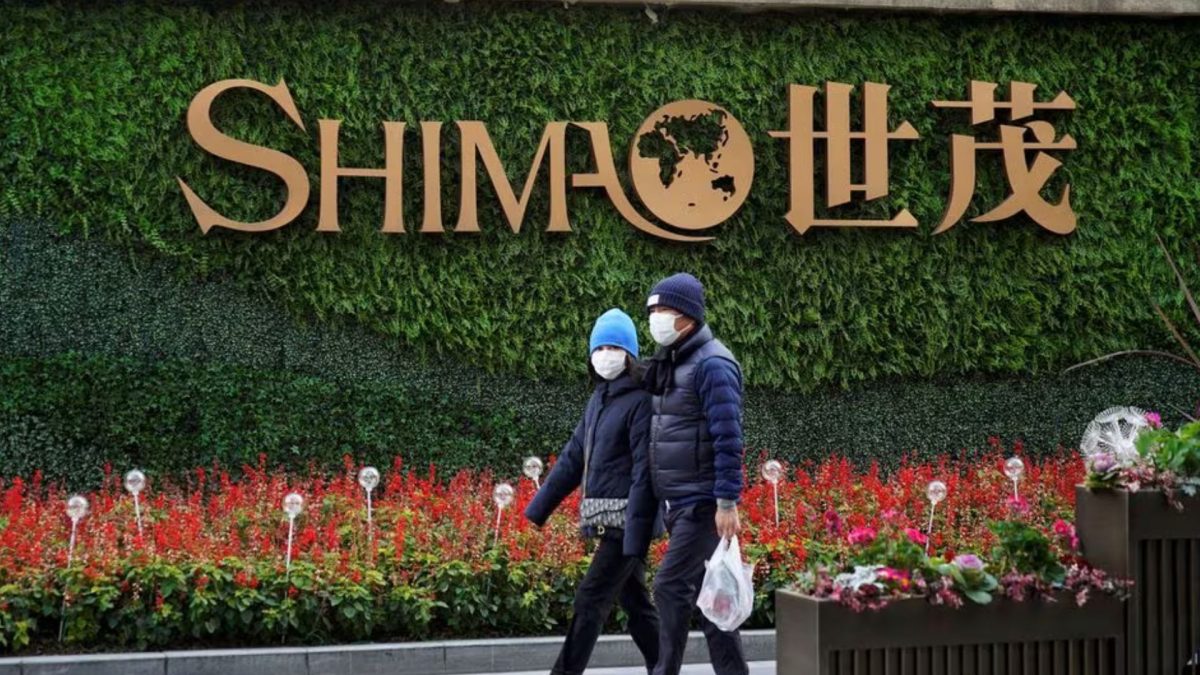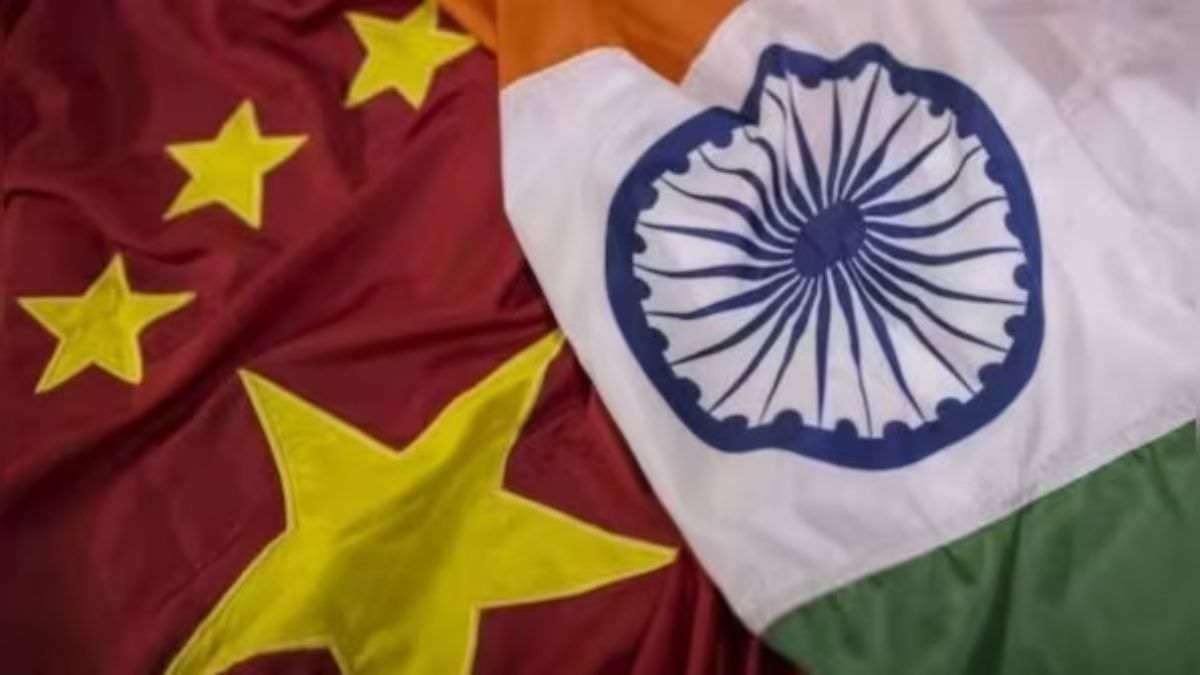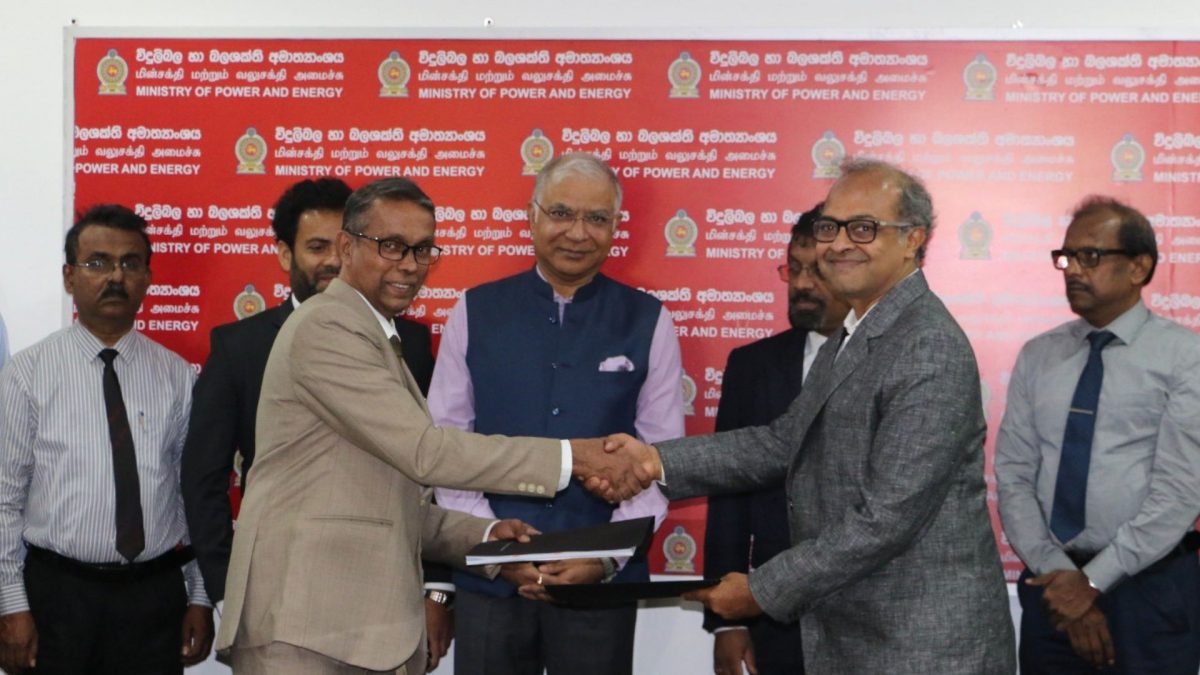Xi Jinping’s visit will probably be remembered most for its $20 bn investment promises (even if scaled down from the original $100 bn). But before we write paeans of praise, here are some home truths: China’s extraordinary growth is based not a little on its huge exports as evidenced by the trade surplus it runs with almost all countries.
China runs trade surpluses with the US, with most OECD countries and most EMs including India. From India’s point of view, China is the partner with whom we run the largest trade deficit - $37 bn as of FY 13. The second largest deficit is with Indonesia at $8 bn, followed by Japan at $7 bn and UK at $6 bn. Incidentally India runs a trade surplus with the US at $15 bn.
So the question is, why are we not able to export to china when we can to the US? For one, exports to the US has a large software chunk. But even other hi-tech exports from India like pharmaceuticals, make it to the US and OECD countries but not to China. At least some of this is because of non-trade barriers raised by China like phytosanitary conditions. Indian chambers of commerce and think tanks like the RIS believe this is what Modi should have raised with Xi.
Also China has repeatedly resisted letting India become part of the regional value chain. A bunch of machinery and machine parts and precision instruments are better made by Indian companies than by their Asian rivals. But China has repeatedly sought to prefer importing from ASEAN countries at higher prices than from India. China has resisted the ASEAN-plus 6 regional bloc which includes India, and has preferred the ASEAN-plus 3 bloc, until recently.
China’s investment overtures are part of a preferred Chinese plan. In the past 5 years, partly because of China’s slowdown and partly because of the run on EM currencies post taper talk, a lot of emerging markets are become conscious of the trade gaps they run with China. Many countries are also becoming conscious that China largely imports only nature-exploitive products like minerals and resists value added imports.
China has sought to mollify many Latam countries by offering to invest there. It has promised tiny Nicaragua an investment of $40 bn to create a canal that will rival Panama. It’s not the cost, it’s the influence that China will wield in what will be an important route of global sea traffic. Likewise it has promised $16 bn to Venezuela, a country it is dependent on for crude imports.
If Indians are over-awed by the $20 bn number, let us pause.
Firstly, investments in India are not hamstrung for cash. Our growth is stymied by poor approval processes.
Secondly, the government needs to realize that an investment strategy based largely on domestic surpluses is more sensible and safe, especially if the investor is a country like China, with whom India already has a trade vulnerability. China makes $35-40 billion every year from trade surpluses with India and has offered little to help India out of this deficit.
The investmentpromised—$20 bn over 5 years to sweeten and soften Indian leaders is nothing. Nor does China rely only on sweet talk. The incursion is Ladakh at the very moment when Xi was signing investment agreements with Modi, indicates the Chinese strategy is more like Bismark’s “Speak Softy But carry the Big Stick”.


)




)
)
)
)
)
)
)
)